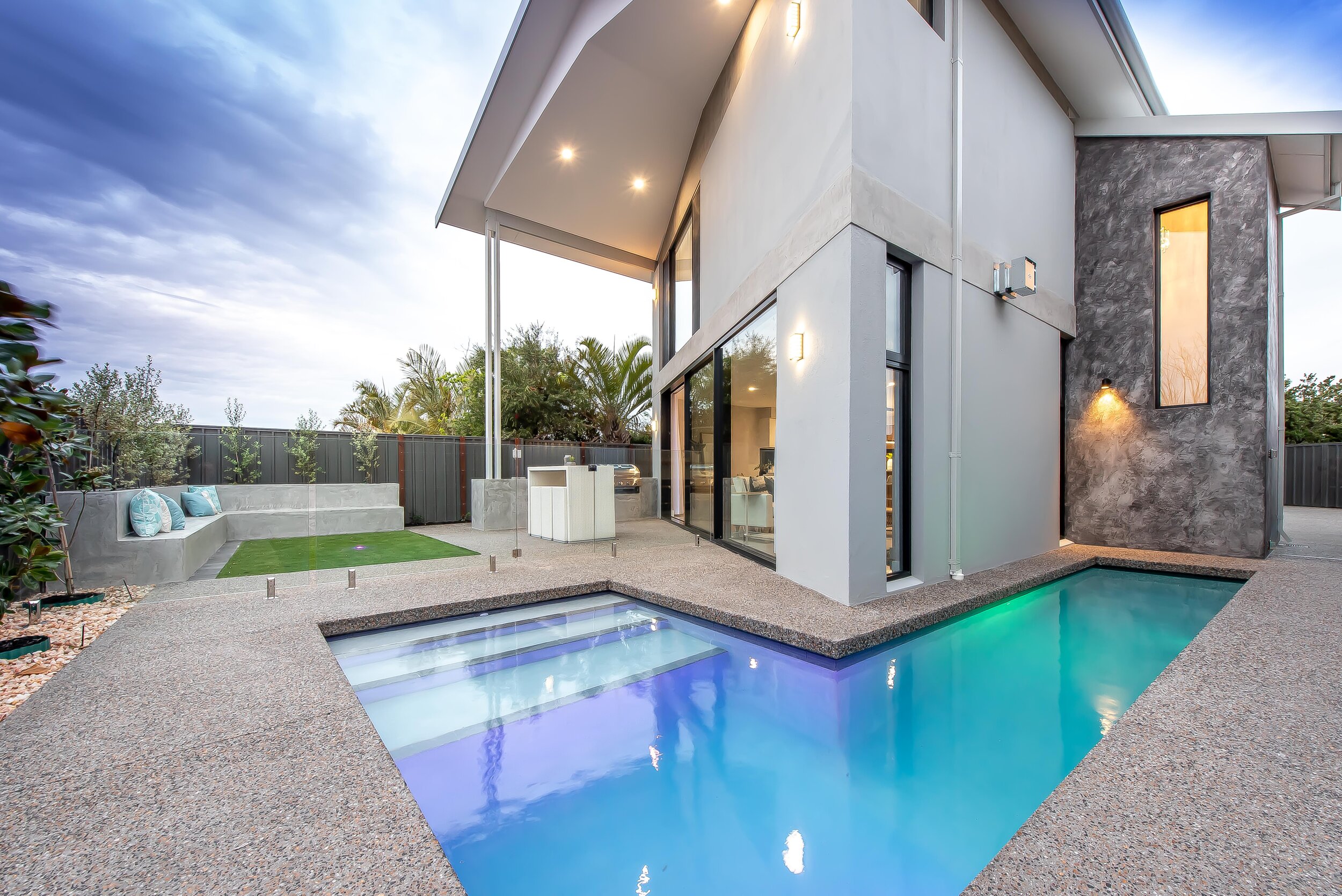Solid Plastering
Solid plastering is the art of coating a surface with cement render or plaster finish. The finished surface must have the required aesthetics, strength and durability to be left "as is", or be suitable for accepting a subsequent render coat, a setting coat of hardwall plaster and lime putty, or a painted finish.
The term "solid" plastering generally refers to rendering applications as opposed to the mechanical fixing of wallboard sheeting. "Solid" plasterers are therefore true craftsmen. MEK Plastering is one of very few trades to manufacture their product entirely by hand, on site, from raw materials to the finished product.
Common surface finishes
MEK plastering can produce a range of surface finishes. The more common finishes are:
Render and Set
In rendering and setting, the surface of a wall is rendered with a coat of grey cement, lime and plastering sand. When hard, the grey render coat is then covered with a white "set coat" of lime putty and hardwall plaster. The result is a smooth, white, even surface suitable for the application of a paint finish. "Render and set" is suitable for most internal applications, but can't be used externally.
Render and Set is very common in Western Australia, as most houses in WA are built using double clay brick construction.
Sgraffito
Sgraffito work is the application of a design or mural to a rendered wall. The wall is first given two or three coats of different coloured render. The desired mural is then stenciled or traced onto the surface. Subsequently, the area around the picture is scraped back to reveal the contrasting renders beneath.
Sand Finish
"Sand Finish" surfaces are produced by working the face of a render with a float and sponge. The float imbeds the coarse particles of sand into the render, and brings fine particles of sand, cement and lime to the surface. The fine particles are then sponged off to produce a textured sand finish.
Bag Wash
Bag washes are often used for decorating masonry or concrete walls and cement sheeting. A light, 5mm thick render is brushed or smeared onto the wall. When firm, the render is then worked with hessian cloth or a sponge to produce a decorative swirled pattern. The shape and texture of the swirls depends on the nature of the materials used, the desired effect, and the method of application.
Glass Faced Cement Finish
Sometimes known as "cement dado", glass faced cement finishes are highly polished, extremely smooth, hard wearing, hygienic and water resistant. They are commonly used for internal walls in up-market homes, schools, restaurants, hospitals, offices, and industrial applications.
Glass faced cement finishes are ideal for high traffic areas such as entrances, corridors, hallways and passages. Their water resistant qualities make them suitable for walls that require hygienic surfaces, such as showers, bathrooms and toilets, operating theatres, food preparation areas and cold storage rooms.
Mock Stone
Skilled plasterers such as those at MEK Plastering can dress up a plain brick or concrete wall to resemble a whole range of different masonry finishes. These finishes imitate limestone, granite blocks, rubble walls, and patterned brickwork.
Tyrolean Finish
Tyrolean finishes are applied with a hand-operated Tyrolean machine. The machine flicks small pats of render onto the wall, resulting in a textured finish. The texture, colour and pattern can be varied depending on the nature of the render and how the machine is used.
Corbelling
Coloured bands are often applied to external walls to add interest to an otherwise flat or featureless surface. With proper care and planning, banding can be used to minimise the impact of architectural elements such as expansion joints.












